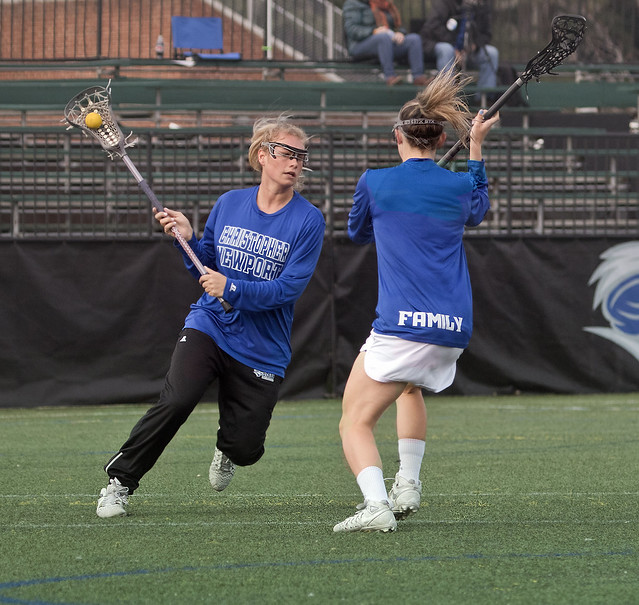I don't know about Fujifilm but mirrorless is definitely the way to go. Mirrorless cameras are smaller and lighter and can easily use DSLR lenses. I think all the major camera manufacturers are going mirrorless, DSLR's are the dinosaur of the camera world.
This is a great example of the FUD being spread around about DSLR. They're not going anywhere and still handily outsell mirrorless and will for the next 1-2 years, and the lens install base is enormous (80+ million Nikkor F mount alone, not counting third party). But let's break down the arguments:
Mirrorless are smaller and lighter. Well, mirrorless are not necessarily smaller or lighter, what they are is thinner. A D5600 weighs less than an X-T3 and has better ergonomics and focusing, for instance, but the deep F mount with flipping mirror means it can't be as thin; most of that is empty space though, and doesn't add substantially to the weight. Another trick is that most mirrorless cameras also have smaller batteries to get that weight - the X-T3 has a lower capacity battery than the D5600 (not in shots, just pure capacity, and DSLRs are more miserly with power), and when you add in the weight of a second and third battery to the X-T3 to bring it to the same still shots per outing, it weighs the same as the D7500, and the D7500 (and D5300) are handicapped in its battery rating by an internal flash that's fired every other shot during testing.
As for using F mount lenses on a mirrorless body, that works with varying levels of success. Using Nikon lenses on a Z6, or using Canon lenses on an RF, or Sony/Minolta lenses on an A7, are all quite good experiences, because each manufacturer has put in tuning in the firmware for all of their own lenses. That starts breaking down when you move to third party lenses though, when the mirrorless body falls back to using PDAF and CDAF in ways that are not optimized for the lens. Oh, and of course once you slap a DSLR lens on the thing, you've just added the mirror box space back, and more size and weight.
Lenses bring up the one size advantage mirrorless do have hands down: wide angle lenses. Because of the deep DSLR mounts, lenses need to be strongly retrofocal and therefore large (if you want, I can show off my 12-24 f/4). Mirrorless have a much shorter flange focal distance, giving the lens designers more freedom and making for a smaller wide angle. For telephoto though, there's little if any difference in size because the size is dominated by the requirement for the front element to be focal length divided by F-stop, so the minimum size of a 70-200 f/2.8 is a 71mm front element.
And don't get me wrong, it's not that mirrorless cameras are bad - they're not. They are absolutely where things are going, and I think we'll see the Nikon D6 and Canon 1DX III be the last true flagship DSLRs at the 2020 Olympics where they'll be the dominate cameras, with mirrorless having taken over by the 2024 Olympics (pro level DSLRs are released every 4 years to coincide with the Olympics). The fact that the two largest ILC manufacturers only now tipped their hats into the ring is an example of the people who make the cameras believing that it's the way forward - but also notice that they've released no true fast sports bodies, and compared to even the keeper rate in indoor sports of the D7500, neither have Sony (even with the A9) or Fuji. And right now, the only truly complete mirrorless systems are from Sony and Fuji, who had no DSLR business to speak of and had nothing to lose by moving early and having an inferior but highly marketable product. The low light focusing advantages, better focus discrimination, and general lens inertia that DSLRs have will have moved by 2024, but it takes time to do so and we're not there yet.
A better analogy of DSLRs isn't that they're dinosaurs, which is obviously not true since they're still the dominate form of interchangeable lens camera, it's that they're gasoline cars that you drive yourself. Still the best for most things for now, but that will be changing over the next few years - however, in the meantime, would you rather have the best option at your disposal and move in 3-5 years when all of the remaining issues with mirrorless are worked out, or move now and deal with the teething issues now?
in short: is mirrorless the future? Yes, absolutely. Is it the current state of the art? No, it'll need at least 1-2 more generations (2-4 more years) to reach DSLR parity. And in the meantime, I'm shooting away with my state of the art D500.


 )
)
 Untitled
Untitled Untitled
Untitled . It appeared that my autofocus had trouble due to the subject and background not having a lot of contrast and low light.
. It appeared that my autofocus had trouble due to the subject and background not having a lot of contrast and low light. Untitled
Untitled